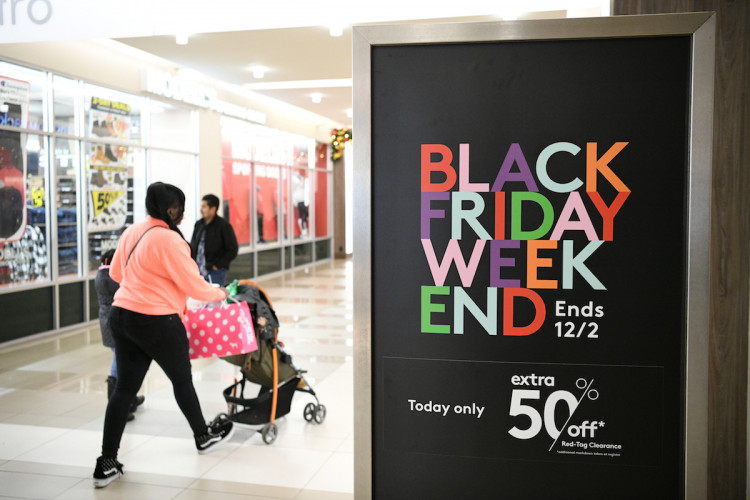The recent Black Friday weekend in the United States marked a significant surge in shopping activity, with a record-breaking 200.4 million people participating in the annual retail frenzy, as reported by the National Retail Federation (NRF). This turnout surpassed the previous year's figure of 196.7 million and exceeded NRF's forecast of about 182 million shoppers.
Amid economic uncertainties and inflation concerns, consumers eagerly embraced deep discounts on a wide array of products, from beauty items and toys to electronics. The allure of these deals led to a substantial 7.8% jump in online consumer spending during Cyber Week, according to Adobe Analytics, surpassing initial projections of a 5.4% increase.
Interestingly, while the number of online shoppers rose to 134.2 million, up from 130.2 million a year ago, in-store shopping experienced a slight decline. The NRF survey found that 121.4 million people shopped at physical stores this year, a marginal drop from 122.7 million in 2022.
Despite the shift towards online shopping, brick-and-mortar stores remain a significant player in the retail landscape. Notably, the NRF did not provide an estimate for total spending but revealed that shoppers spent an average of $321.41 on holiday-related purchases over the weekend.
NRF CEO Matt Shay highlighted that the robust turnout reflects consumers' sentiment and the compelling deals offered. He also noted that cooler weather in many parts of the country might have spurred purchases of seasonal items like jackets and boots.
In addition to the traditional modes of payment, the 'Buy Now, Pay Later' (BNPL) services witnessed a remarkable surge in usage. A record $940 million worth of purchases were made through BNPL on Cyber Monday, representing a staggering 42.5% increase from last year.
The early strength in holiday shopping might indicate a shift back to pre-pandemic patterns, where customers concentrated their spending during peak times like Black Friday sales events. However, it's still too early to predict the overall trend for the peak retail season.
Retailers, including giants like Walmart and Macy's, had expressed caution about the season, citing weak discretionary spending. Nonetheless, the initial turnout has been encouraging. The NRF maintains its forecast of a 3% to 4% increase in holiday sales for November and December, estimating a total between $957.3 billion and $966.6 billion.
Shay remarked that while sales this season might seem modest compared to the pandemic boom, they should not be interpreted as bleak. This perspective underscores the evolving nature of consumer spending and the retail sector's adaptability in a post-pandemic world.






